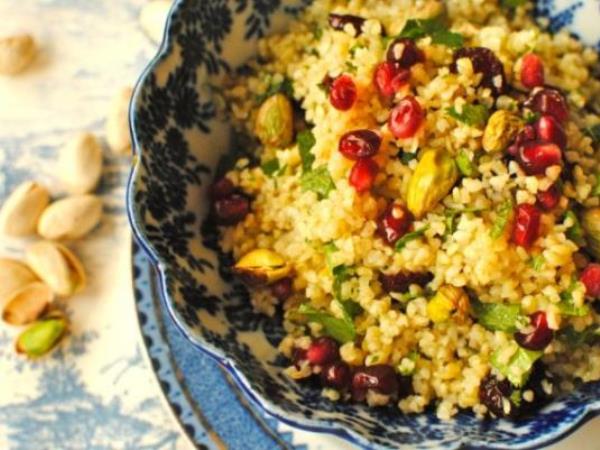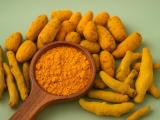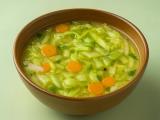If you want to eat healthily, it's not enough just to replace potatoes with rice. Be even bolder! Replace rice with a healthier alternative—barley.
Humans started cultivating rice 5,000 years ago, and it was brought to our region by Alexander the Great in the 8th century when he returned from his conquests in Syria and North Africa. Rice is the second most widespread cereal in the world after wheat and forms the basis of the daily diet for more than half of humanity. 100 grams contain 360 calories, 6.7 grams of protein, 12.6 grams of water, and a whopping 79.5 grams of carbohydrates. Notable vitamins include pantothenic acid, thiamine, niacin, vitamin B6, riboflavin, manganese, selenium, phosphorus, zinc, magnesium, and iron. It should also be noted that unpolished rice has 3.5 times more magnesium, 4 times more vitamin B1 and fiber, and 5 times more nicotinic acid compared to white rice. Rice husks are rich in vitamin E and the entire B vitamin complex. However, despite all these benefits, rice does not contain all the essential amino acids the body needs, so it must be combined with other foods.
What about barley?
Barley also came to us from Asia, but 10,000 years ago. It is one of the few things that Spanish sailors brought to North and South America in the 16th century. 100 grams of barley contains about twice as much protein as rice. The glycemic index of barley is 40, while that of rice is 90. In terms of calories, both foods are quite similar, but barley has significantly more fiber (69% of the daily requirement). Among the nutrients, it’s worth highlighting manganese (95% of the daily requirement), selenium (68%), thiamine (57%), magnesium (36%)...
Today, barley is mostly used in the production of beer and whiskey, while it is unfairly neglected in daily diets. Besides its rich nutritional composition, it very effectively reduces cholesterol levels, something no other cereal does. It promotes digestion, regulates the condition of intestinal microorganisms, and the mucus formed during cooking is extremely effective in preventing throat and stomach diseases.
Barley used to be more common on our tables, but modern people are slowly losing touch with traditional food (perhaps also because barley takes 90 minutes to cook). The most well-known dish made from barley is barley soup, although it can also be used to make desserts, side dishes, and a variety of standalone dishes.
The next time you consider preparing rice or any other dish with it for lunch, remember that barley is much more nutritious and less fattening.
Datum: 26. AUG 24 - GOOD TO KNOW
An Alternative to White Rice That Will Surprise You
Rice is generally a healthy food, but it has a high glycemic index. Once you discover the alternative, you'll find even more things to dislike about rice.

(fw)
 Would you like to be informed about news on the website?
Would you like to be informed about news on the website?
Just enter your e-mail
|
Copyright (c) Foodwhisper.com March 2018 |
π | Contact: info@foodwhisper.com |
About us | Facebook |  |









